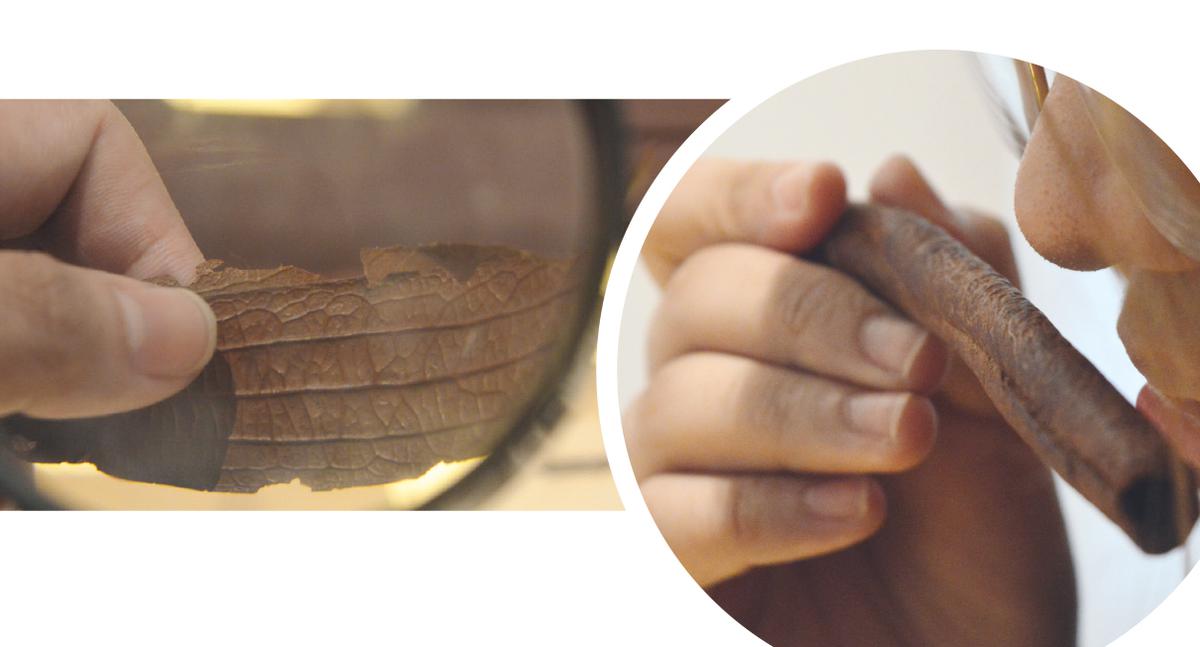It was a rainy afternoon when we braved Manila traffic to get to the museum. Despite the deluge, we were buzzing with excitement as our ride made its way past Luneta, and before we knew it, we were pushing our way through the crowd of umbrellas, waiting for our turn to enter the majestic halls of the National Museum of Natural History, our new happy place.
Just a month ago, the retrofitted natural history museum formally opened its doors to the public. Not many know that the building was occupied by the Department of Tourism before it was converted into what it is now. To give the building a new look, National Museum of the Philippines invited architects to submit their proposal in 2013. It took the whole construction team five years to build and improve its interiors, and the end result was well worth every minute.
What to see?
Displayed right at the lobby is a full-sized replica of Lolong, the world’s largest crocodile, captured in Bunawan, Agusan del Sur. As you walk further, you will see a double helix inspired by the structure of DNA, which serves as the museum’s elevator and centerpiece. Looking up, you’ll see the geometric glass dome of the building’s primary roof. According to the curators, the splendid architectural pieces were dubbed as the Tree of Life which explains the museum in a nutshell. Keeping everything simple and elegant, the six-storey building was painted entirely in white to make the most of natural light. Suspended from the giant walls were illustrations of Philippines’ endemic animals such as the tarsier, tamaraw, and Philippine eagle. Everything in the museum inspires wonder, from its symmetrical ramps, grand staircases, and large, themed rooms.
The first level consists of the lower courtyard which showcases displays of petrified wood, giant mollusks, old sketches of plants and flowers, and taxidermied eagles. Foyers and corridors around the area are named for personalities who contributed to Philippine biology, such as botanist Leon Maria Guerrero and British naturalist John Whitehead.
When inside, you should not forget to retrace your roots. Ayala Hall, which is located on the second floor, pays tribute to thousand year-old artifacts that provide evidence of early civilization in the country. Among them are rhinoceros bones, and stone fossils used as tools. The superstar, however, is Lolong’s long and gigantic skeleton suspended from the room’s ceiling. More taxidermied terrestrial and aerial animals are displayed in the other rooms, starting off with deers, monkeys, and local birds. Don’t be surprised to see mayas, pelicans, kingfishers, and cranes behind glass. On the opposite side, botanical paintings of Philippine orchids by Tomas Bernardo and medicinal plant discoveries by Dr. Eduardo Quisimbing dominate the temporary exhibition section, all of which are displayed along the path’s walls.
The neoclassical building’s third floor is all about the sea. A mini theater welcomed us upon entering the Marine Realm. Educating visitors about environmental issues, the section explains the effects of climate change, the need for protected areas, and endangered species in the country. At the heart of the area lies a globe which shows the world’s current biosphere, while the opposite side features aquatic creatures living in recreated mangroves and beaches. Philippines’ rich marine life is also depicted in the area, with enormous figures of a manta ray and whale shark on its center. Various kinds of crustaceans, starfish, and venomous sea creatures, are exhibited to educate visitors. Our attention was also drawn to the diorama of turtles hatching.
What to do?
Providing an interactive environment, the museum is filled with activities that visitors can try during their tour. Science geeks have the chance to test their observation skills by examining the scientific illustration booth where they can draw plant specimens. There’s also a specialized area for butterfly collection and pinning, and leaf rubbing. Adventurers will love the haptics booth which enables the audience to touch, smell, and see dried leaves, pinecones, mushrooms, vanilla, and cinnamon sticks. You can even find a mock-up submarine where you can watch different marine animals swim by your window.
The new addition on the country’s local museums says a lot about how rich and blessed our country is in terms of natural resources. The establishment itself is not just a museum, it’s an existing reminder for everyone to be responsible enough in our own habitat. Aside from providing a great place to learn about our natural world, the sophisticated architecture, and free admission as mandated by the government, the venue is a great way to see how wonderful our home is.
Words by Jewel Sta Ana
Art and Photos by Jael Mendoza
Also published in GADGETS MAGAZINE July 2018




